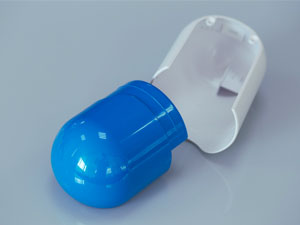
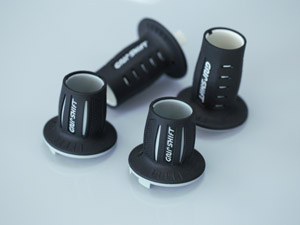
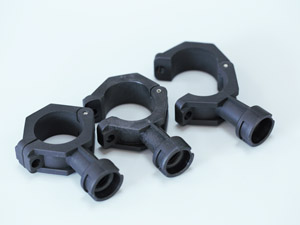
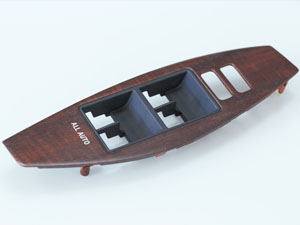
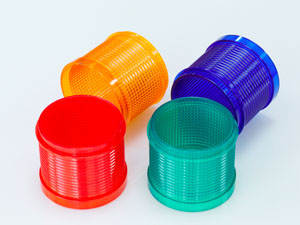
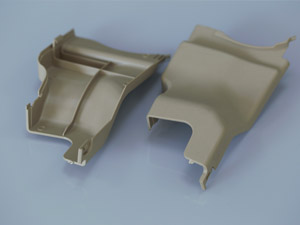
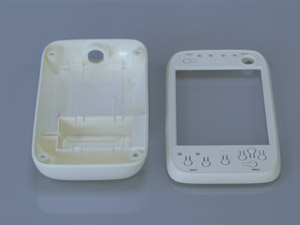
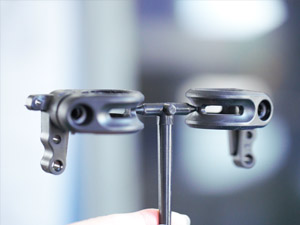







Need to quickly test out the market with low-volume parts? Or want to create large quantities of production parts? Then you can’t go wrong with our injection molding services. At 3ERP, we produce high-quality prototype moldings from aluminum molds with quick turnaround times. Our customers can test out their designs for manufacturability and functionality fast. We also offer metal or plastic injection molding service for your high-volume production needs.
Do you need rapid tooling, mass production molding, or end-use injection molding with tight tolerances? Our team of experienced specialists can offer a cost-effective solution at each stage. Lead time can be as low as 5-7 days.
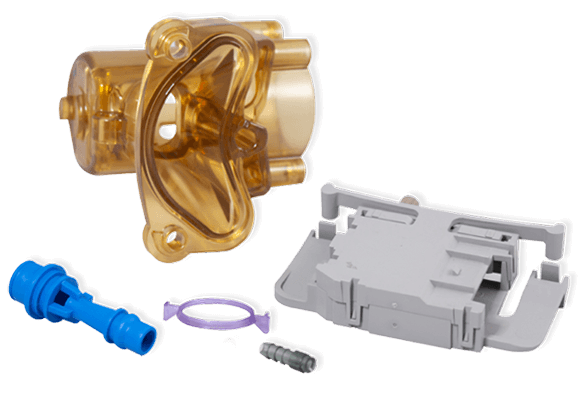
There are huge numbers of injection molding providers. Why should you choose us as your injection molding supplier? Here are the top 3 reasons:
1. Experienced Engineersfv
Our engineers have rich experience after handling thousands of projects; whichever parts they come across, they can get the correct parameters immediately.
2. Advanced Facilities
We can make the most precise moldings using imported and top-brand local injection molding machines.
3. Unlimited Capacities
Aside from our in-house facilities, we have built up strong networks with our partners. Full fleets of metal and plastic injection molding machines, from 10 to 1000 tons are ready for your orders without delay.
The parts for the nylon plastic clips have been working very good so far. We have had the product in production for about 3 months now and have not found any issues.
I am introducing you now to our partner, Jay. He is CC’d on this email. He will be ordering the parts from you directly with the next order.
Also, I think we did about 125,000 units with this tooling so far. How many more units do you expect we can run before needing another tooling?

At 3ERP, our experienced team produces injection molded parts of the highest quality. We use injection molding in tandem with our rapid tooling capabilities, allowing us to create detailed custom metal or plastic injection moldings quickly and efficiently.
Our technology enables us to use a wide range of materials and surface finishes to suit the needs of any industry or application.
Here are some of the options you can choose from:
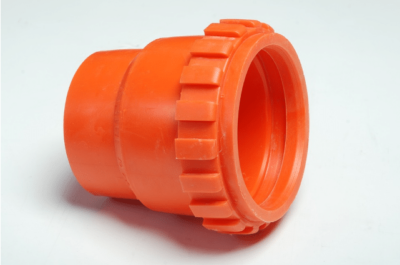
The most popular custom injection molding process, thermoplastic, is suitable for consumer products, automotive components, and many other applications.
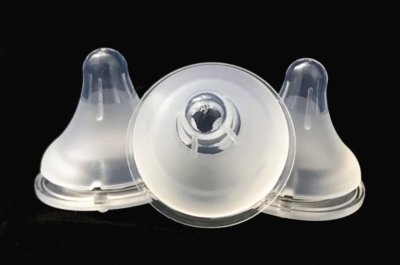
Liquid silicone rubber molding is ideal for creating detailed, temperature-resistant parts from thermosets liquid silicone, either alone or in conjunction with overmolding.
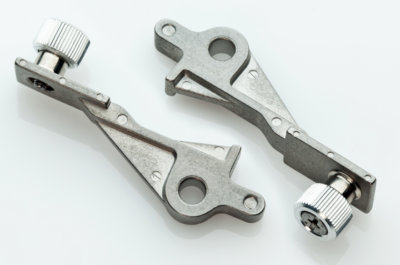
Suitable for small and detailed metal parts, metal injection molding is cost-effective in large volumes and wastes less material than CNC machining.
Besides basic injection molding services, we also offer two variants of the process - overmolding and insert molding. Both of these can be useful in specific situations.
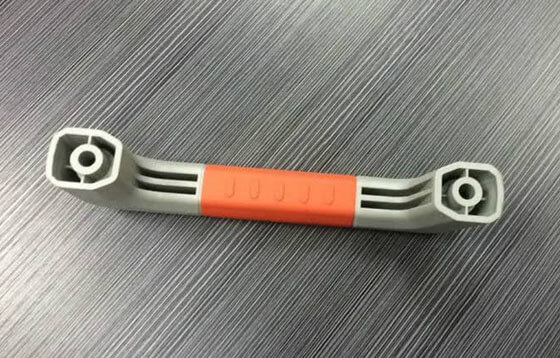
Overmolding uses injection molding to create a part from multiple materials. This process adds an injection-molded layer of material over an existing injection-molded workpiece. The overmolding process produces chemically bonded parts made using various materials.
The overmolding method is often cheaper and more effective than other manufacturing approaches that require creating and assembling component material parts separately. The process can also build layered parts from scratch or add a resistant outer layer to existing plastic parts and tools, providing a rugged exterior. Toothbrushes consisting of a solid plastic body and rubberized grip are an example of an overmolded product.
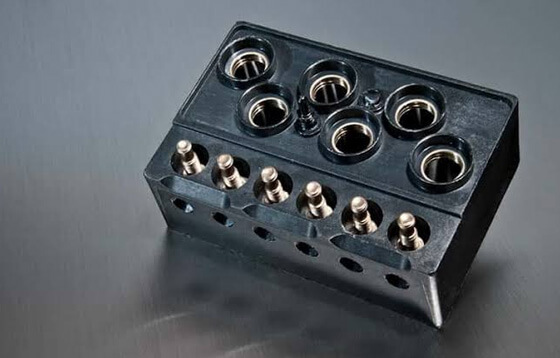
Insert molding is similar to overmolding, but the substrate is not necessarily plastic and does not have to be produced via injection molding. For example, insert molding can be used to add a plastic coating to a pre-fabricated metal part.
Common parts made with insert molding include sharp handheld tools, such as scalpels that consist of a metal blade partially housed within a plastic handle. Insert molding is also frequently used to create inserts incorporating bushings, clips, and fasteners.
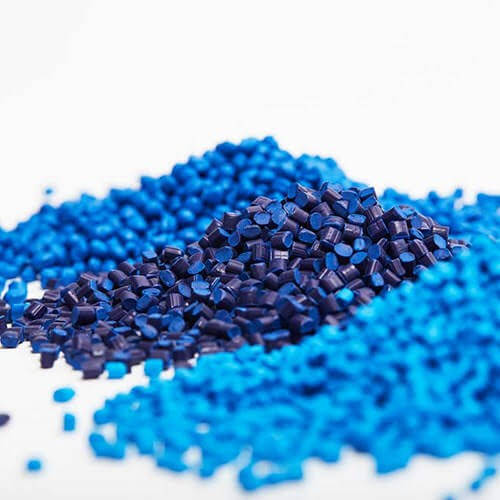

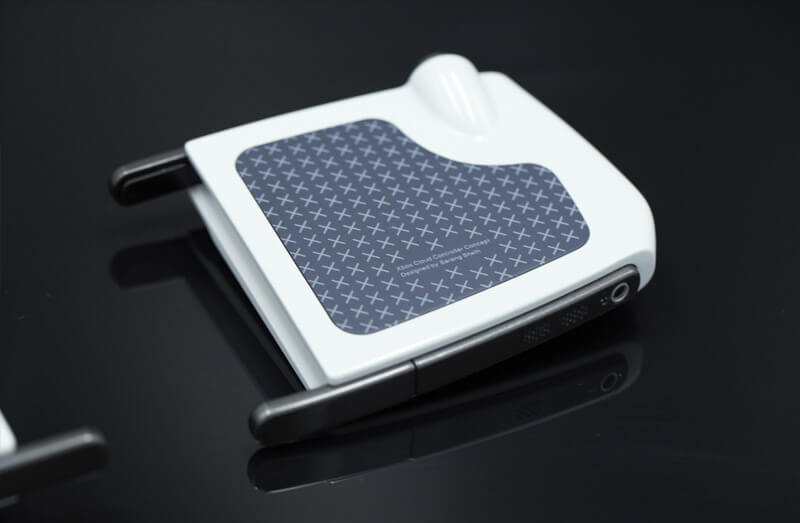
The injection molding manufacturing process is used to produce parts for many industries and applications, including:
Injection molding processes make plastic parts via the injection of molten plastic — typically a thermoplastic — into metal injection molds, usually made from steel or aluminum.
The machine feeds raw material into the mold itself, effectively a negative impression of the final part, which consists of two sections: an injection (A) mold and an ejector (B) mold.
The space between the two sections is the mold cavity, into which material is injected.
Although capable of producing a wide range of parts, injection molds have some design constraints. Plastic injection molded parts must have narrow walls. They should avoid overhanging features and have some degree of draft (tapered sides) so that the molded part can be ejected from the mold.
Injection molding is principally used with plastics and thermoplastics in particular. Thermoplastics are polymers that soften at an elevated temperature (at which point they can be freely injected into a mold) and then return to a solid state after cooling. Injection molding also works with thermosets, which can be cured to make a solid but cannot then be melted back into a liquid. Less common are elastomers.
Injection molding is the most popular manufacturing process for producing plastic parts. An injection molding machine with raw plastic material and various molds can make many diverse production parts, large and small, durable or disposable, for many industrial applications. So how does injection molding work?
Injection molding is a forming process — Injection molding is a forming process — rather than a subtractive (cutting) process like CNC machining or an additive process like 3D printing — that uses a mold as a forming device. The process is suitable for materials like thermoplastics, which are heated until they reach a molten state and then injected into a metal mold where they cool and take the form of the mold’s interior or cavity.
The injection molding process can be divided into four stages: melting the material, injecting it into the mold, cooling the material (or allowing it to cool) until it hardens, then ejecting the final part from the mold. Put simply:
In principle, injection molding is a relatively easy-to-understand process. Executing it, however, is a little more complex.
Injection molding starts with pouring pellets (granules) of plastic material into a hopper. These pellets are then moved from the hopper to a barrel and heated until they reach a molten state.
The melted material is then forced through the barrel by a reciprocating screw until there is enough material near the exit point of the barrel to fill the mold. This quantity of material is known as a shot.
After passing through a check valve, the shot of liquid material is forced from the barrel into a channel in the mold called a sprue, then through a network of smaller channels called runners and into the mold cavity. These runners are usually organized to deliver material to the right areas of the mold with adequate force.
The material immediately begins to cool and harden once it reaches the mold. The cooling can also be accelerated using cooling lines around the mold filled with circulating water.
When the material is cooled and solidified, the operator opens the mold, and the molded part can then be ejected. Depending on the rigidity of the plastic material, using ejector pins may help remove the plastic part from the mold without breaking it.
The sprue and runner are trimmed from the part — sometimes leaving a small mark — before the injection molded part is ready for post-processing or delivery.
In any injection molding project, crucial decisions must be made before the molding process begins. The workflow often goes like this:
1. Select the material: Material selection is the first step when preparing for injection molding. Product designers will typically consider specific injection molding materials when designing a new product. And if they are unsure, making rapid prototypes is the best way to test out different material options.
2. Confirm the quantity: It is crucial to discuss the proposed number of molded parts to be produced at the outset. The number of shots will determine the type of mold used: a prototype mold or a high-volume production mold.
3. Mold flow analysis: Injection molding mold flow analysis software provides a simulation report. The report predicts factors like part warpage and cooling channel efficiency and ultimately helps manufacturers avoid mistakes. In the event of a negative report, the design can be changed to improve the process.
4. Create the mold: Mold making is a specialist process. These days, molds are often made via CNC machining and EDM since these processes can quickly produce highly detailed metal molds.
5. Create the moldings: Once the mold is ready to go, the injection molding process can begin.
Injection molding is an excellent option for the large-scale production of plastic parts and components. After all, there’s a reason why so many high-tech companies worldwide use it for producing parts. But what makes injection molding so popular?
Well, here are some of its biggest advantages:
Efficiency
The mold injection process is highly efficient, allowing large orders to be produced quickly.
Superior detail
The high pressure of injection ensures that the melted material reaches every crevice of the mold before curing. This enables design engineers to incorporate complex geometrics and intricate elements into their designs.
Affordability
Fast and efficient production ensures a low cost per part, while high production volumes produce further economies of scale. Aluminum, a cost-effective and readily available material, can be used for injection mold tools to control costs.
High-volume production
Injection molding with steel molds can facilitate high-volume production of parts into the millions.
High tensile strength
Injection-molded parts may be reinforced by adding fillers into the liquid resin, improving tensile strength.
Ready-to-go finish
With the proper treatment, injection-molded parts come out of the mold with a smooth finish that requires no further refinement.
Injection molding can use almost any type of plastic that can also be combined together. This unmatched versatility makes injection molding so popular and suitable for some of the most demanding industries in the world. You can check out the selection of available materials and finishes our injection molding service handles on this page.
The plastic pellets are melted and then inserted in liquid form into the mold tool, where it cools and takes the required shape. The process allows for high precision and tight tolerances because it can be replicated exactly each time.
Injection molding is one of the most affordable ways to manufacture large quantities of parts, especially for bigger production runs. Even though design for manufacturing and creating the mold can take time, the process then becomes very affordable and efficient.
The first step in our injection molding service is to design the injection mold tool. How long this takes will depend on the complexity of your project. The usual timeline can be as short as a week and as long as a couple of months.







